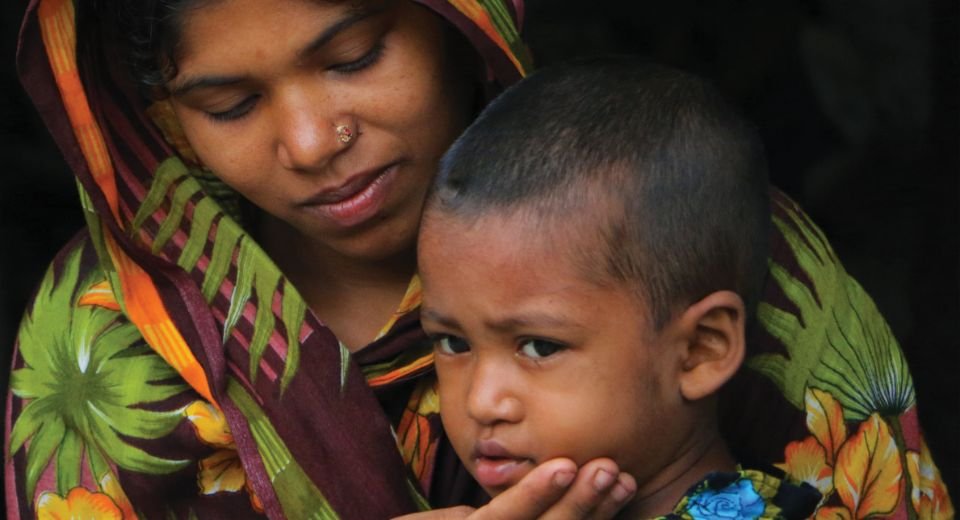HQ Team
October 3, 2023: Dengue has claimed the lives of more than 1,000 people in Bangladesh since January as 79,598 cases, the highest so far this year, were reported in September.
A total of 1,017 people died in the South Asian nation as global temperatures soared, enabling the spread of dengue away from the capital Dhaka, according to data provided by the Bangladesh Directorate General of Health Services.
In the last few days, 5,478 cases have been reported.
Dengue is a viral infection caused by the dengue virus, transmitted to humans through the bite of infected mosquitoes.
Global infections
About half of the world’s population is now at risk of dengue, with an estimated 100–400 million infections occurring every year, according to the WHO.
Dengue is found in tropical and sub-tropical climates worldwide, mostly in urban and semi-urban areas. The virus is transmitted to humans through the bites of infected female mosquitoes, primarily the Aedes Aegypti mosquito.
The disease is now endemic in more than 100 countries in the WHO Regions of Africa, the Americas, the Eastern Mediterranean, Southeast Asia and the Western Pacific.
Although dengue is endemic in Bangladesh, the current dengue surge is unusual in terms of seasonality and the early sharp increase in comparison to previous years, where the surge started around late June.
High fatality rates
“The case fatality rate so far this year is relatively high compared to previous years for the full-year period,” according to the WHO.
The pre-monsoon Aedes survey shows that the density of mosquitoes, and the number of potential hotspots is at the highest level in the past five years, it stated.
The higher incidence of dengue is taking place in the context of an unusual episodic amount of rainfall, combined with high temperatures and high humidity, which have resulted in an increased mosquito population throughout Bangladesh.
Dengue was first recorded in the 1960s in Bangladesh (then known as East Pakistan) and was known as “Dacca fever”.
“Bangladesh’s climate conditions are becoming more favourable for the transmission of dengue and other vector-borne diseases including malaria and chikungunya virus due to excessive rainfall, waterlogging, flooding, rise in temperature and the unusual shifts in the country’s traditional seasons,” the WHO stated.
Dengue virus has the potential to cause epidemics resulting in high morbidity and mortality.








